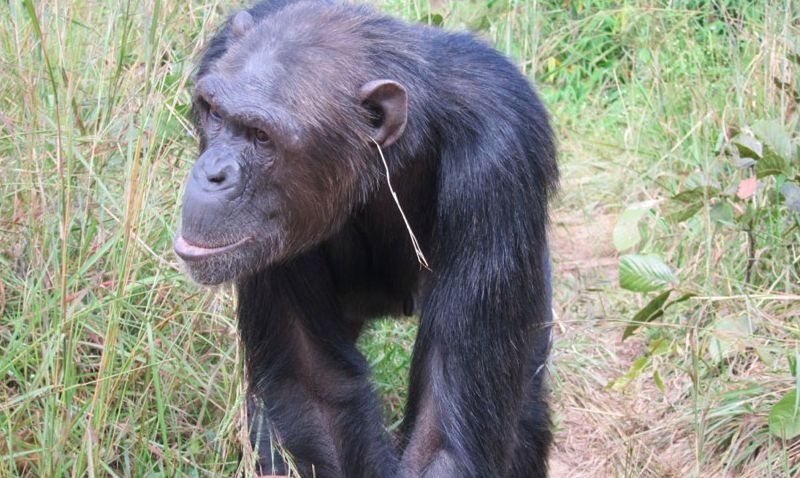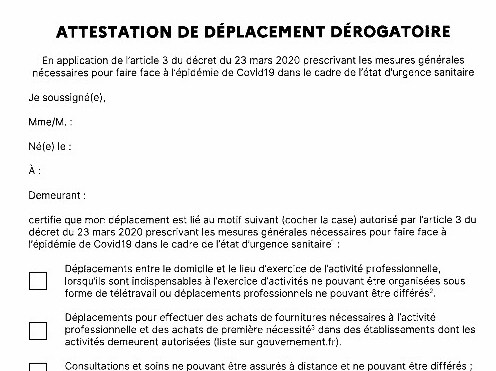Once upon a time, during my first two decades at Teachers College (in the department of, at first, Home & Family Life later reconstituted as Family & Community Education), I was addressed as “[FIRST NAME]” by colleagues and students alike. Twenty years, as I entered the programs in anthropology, I was addressed, like all my colleagues, as “Professor [LAST NAME].” In neither case did I have much of a choice (except to use these practices, changes and stabilities, to think further about poetry and constraints, culture and power—as well as resistance (“oddity,” “ignorance,” “agency”?).
Here is everything that led Durkheim to write about “social facts” that are also “total” (as Mauss developed it) as well as “immortal”(as Garfinkel later put it). Wondering about naming practices must lead to something like what Durkheim, Mauss, Garfinkel (and many others) proposed since what might appear as only “habit” (if not habitus, or water for the fish) is accompanied by complex discourses that are triggered at any time when some challenge the practice (or ignore it).
The recent interest in language “ideologies” that is discourses about what language to use, how to do it, write it, etc., belongs to the same concerns.
In later 20th and early 21st centuries, in “America” (and among many other populations more or less caught in its hegemony), addressing someone as [FIRST NAME], whatever one’s relationship with this person, is probably the “default” and requires the least justification (though it is a common moment in movies for a senior character to be addressed by some junior as [HONORIFIC] [LAST NAME]) to be told “Call me [FIRST NAME]!”)—thereby being corrected, if not educated. The reverse may require discursive justification. In the Programs in Anthropology, one of the senior faculty, George Clement Bond (PhD, London School of Economics, 1972) told how he remembered vividly when his uncle, Horace Mann Bond (PhD, Chicago, 1939) and President of Lincoln College, was addressed as “boy!” by police officers in the Southern States. George Bond insisted that we all be addressed as [HONORIFIC] [LAST NAME] while trying, mostly unsuccessfully, to also address students and staff member in the same manner.
At the time I added (mostly to myself until writing this blog), that using [FIRST NAME] when addressing someone with some authority over oneself hides the structural (one would now say “systemic”) asymmetry between, say professors and students. The former are part of the machinery that grants degrees (or certifies mastery if one accepts the somewhat optimistic possibility that most schooling is a form of apprenticeship). The later are using a large amount of their treasure (or their parents’ treasure) to pay tuition and other costs incurred when one is not actually producing anything tangible yet (or contributing to its production). This is a massive material reality, a total social fact, that should probably be symbolized rather than masked.
Whether the asymmetry professor/student should, or should not, be masked, it is certainly the case that, by the second quarter of the 21st century, many professors are not quite sure of the last name of their students as these are only used in administrative contexts (and I have even recently received lists ordered by [FIRST NAMES]. I suspect that some of my colleagues (and students) humor me when I insist on [HONORIFIC] [LAST NAME] and dismiss the oddity as having to do with age, early enculturation, etc. If I push I will get a discursive appeal to individuality, equality if not equity, democracy, informality, etc. That discourse can even devolve into calls for the dismantlement of systemic asymmetries.
Of course, there are practical, functional, issues when living within an arbitrary system of representation. In the worlds of Europe and the Mediterranean, there are relatively few first names by comparison to last names. At some point we, at TC anthropology, had to refer to several “Sara(h)s” thereby facing a confusion we cleared by mentioning their last name. But, also of course, only using first names helps with our identifying students from China where the ratio of first to last names is reversed.
But, of course, naming practices are not determined by their “functionality.” Functionally, about all human beings on the planet (and certainly all students, staff, and faculty at Teachers College) are now identified in reference by a series of number. As happens when “we” (those caught by Columbia University) have to deal with a petty administrative issue, one of the first question will be “what is UNI?” In that world of everyday practice, my effective, consequential, name is “HHV1″ (not a private matter any more than my other names since it is included in my official email address): no honorific, no first name, no last name.
But that, too, is a matter of assembling a new total social fact.
 Print This Post
Print This Post

 The humans noticed her sticking blades of grass in her ears and this being adopted by other chimpanzees in the same sanctuary, and then passed on in further generations even after she died (Natalie Angier
The humans noticed her sticking blades of grass in her ears and this being adopted by other chimpanzees in the same sanctuary, and then passed on in further generations even after she died (Natalie Angier 